Osteoarthritis (OA) can affect any joint with cartilage inside. Two commonly affected joints are the hip and knee. You can read more about the process of osteoarthritis here.
Knee Arthritis
There are actually three joints in the knee, and any one of them can develop OA. The main joint is the big hinge joint between the thigh and shin bone. OA is an issue of cartilage, and there is plenty of it in this joint. Beyond the usual cartilage coating the bones within the joint, there are two additional pieces in each joint. These are the menisci, and their role is to support the joint by providing a better connection between the bones.
The second joint in the knee is the patellofemoral joint: where the knee cap meets the rest of the knee. This can also be subject to arthritis. The joint is quite often overworked, as it sits within the tendon for the quadriceps. If these muscles are tight, they put extra pressure on the joint and cause friction. Overuse like this is a factor in developing arthritis. Symptoms of patellofemoral arthritis can include:
Pain at the front of the knee
Pain on going up and down stairs or ramps
Relief when fully straightening your knee
Aching in the front of the thigh
The third knee joint is on the outside, where the fibula joins the rest of the knee. This joint is small and is less likely to present a problem than the others, but your osteopath will consider it if appropriate.
Hip Arthritis
The hip can develop arthritis with very few symptoms until the late stages. Often the first sign is a loss of extension (moving your leg backwards). The body is good at adapting to this loss, and rather than challenging itself, it finds the path of least resistance. It tilts the pelvis so you can still move your leg back, but without using the hip to do so.
Hip arthritis is associated with compensation through the back and neck, which can ultimately cause the development of more arthritis in these areas.
One of the most common joints to be replaced is the hip. Contrary to popular belief, this is not the only outcome for people who develop arthritis in the joint. In the early stages, it may even be possible to reverse some of the damage if you can achieve better movement through the hip. The more progressed the condition, the more likely you are to be considered for surgery, so early action is key.
Osteopathy for Osteoarthritis
Your osteopath is qualified to help with your arthritis. We can help to improve the movement in the joint, which will allow the body to get as much nutrition as it can to the area. We will also look at any compensatory patterns that have developed elsewhere in response to the arthritis. Preventing and managing new symptoms may be realistic treatment goals for you.
Click here to make an appointment in Naas for your arthritis.





